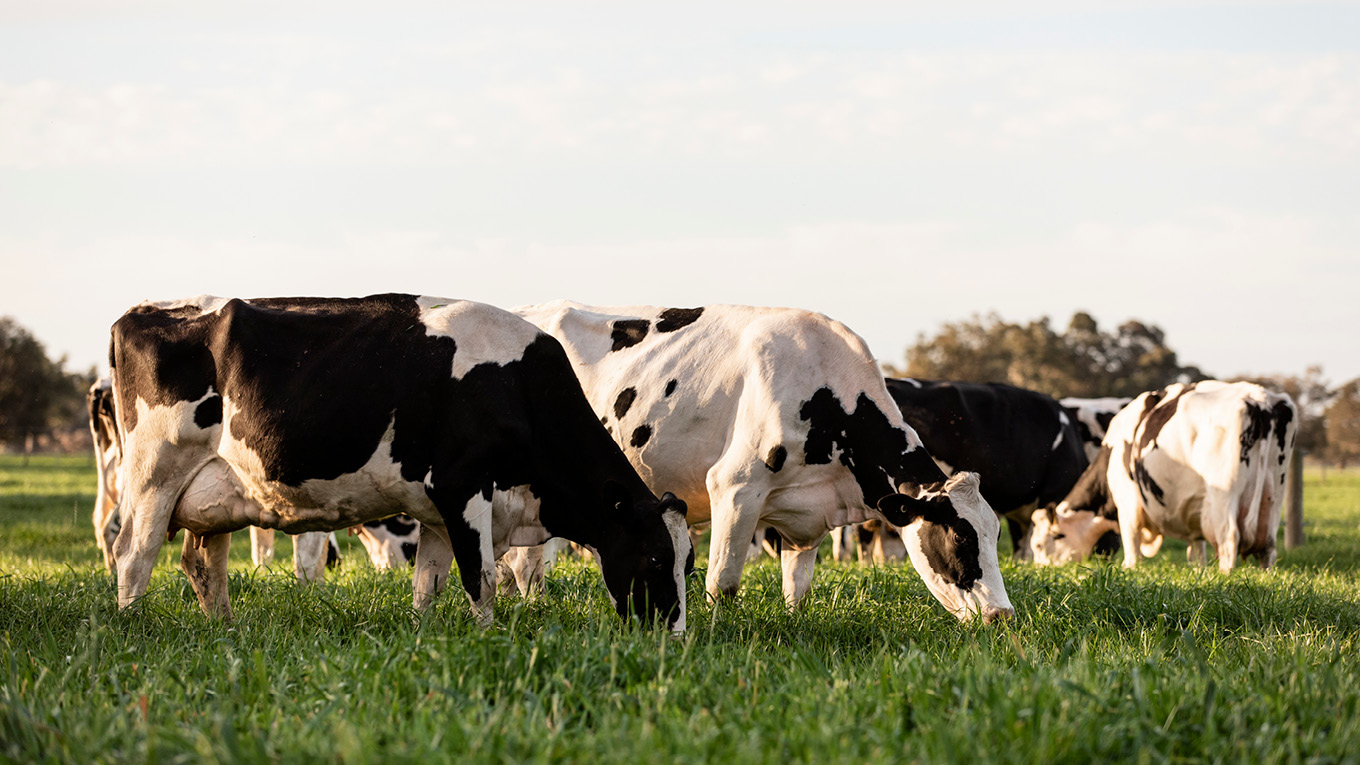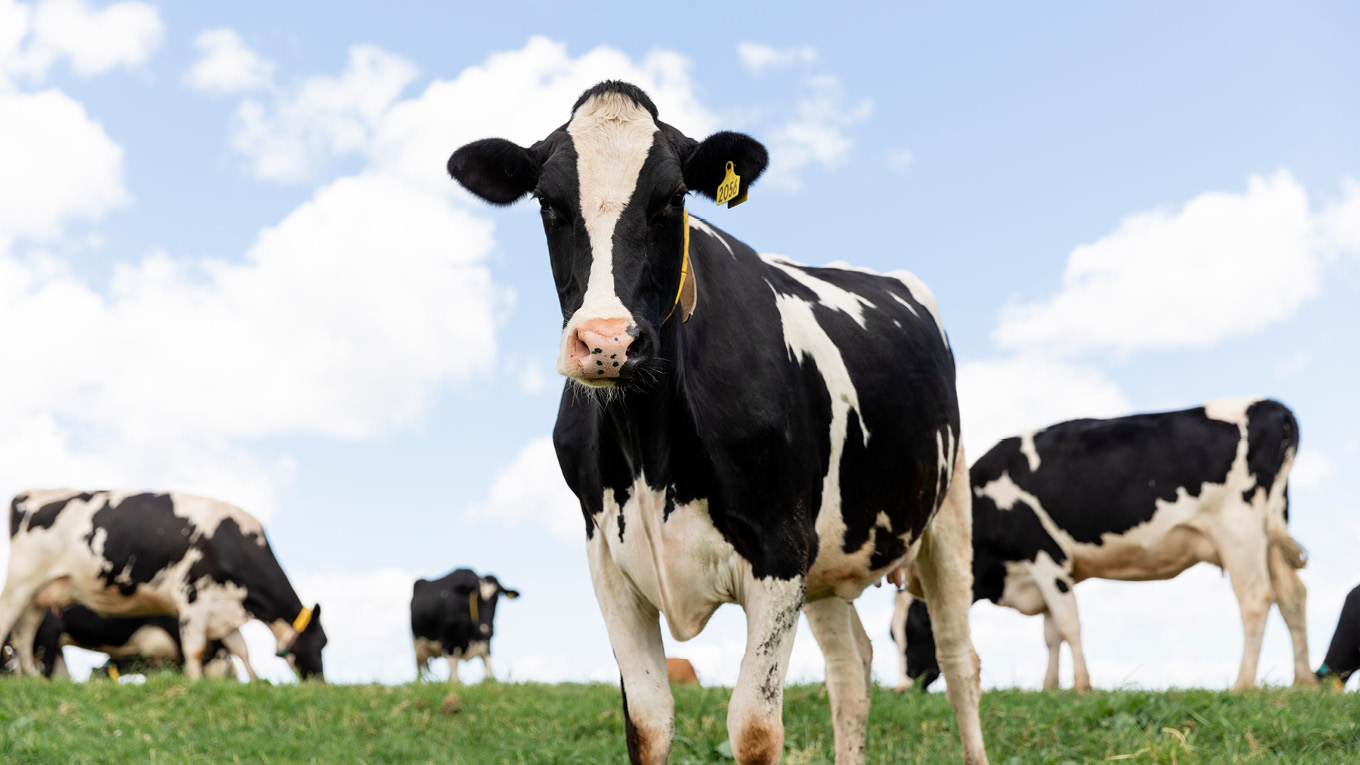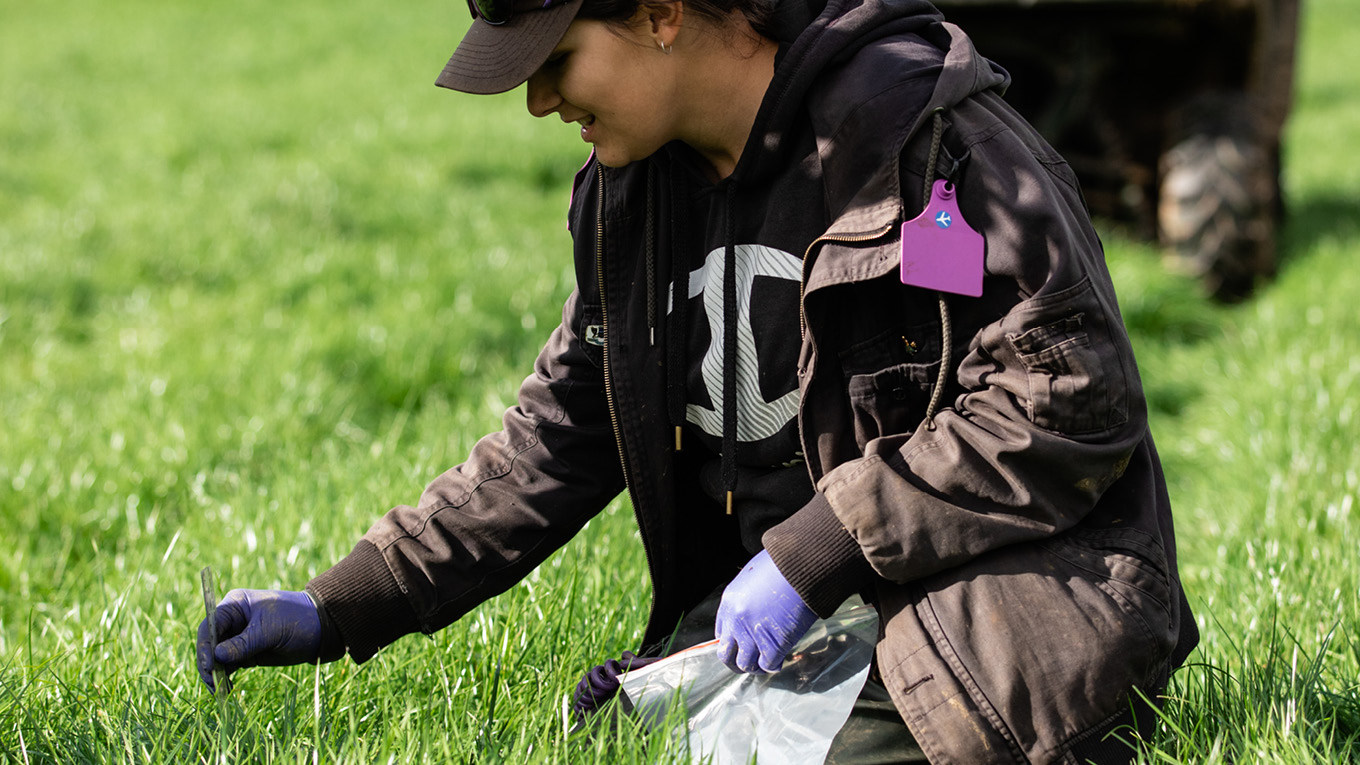Feed Wastage
Good wastage practices can help dairy farmers to minimise the amount of feed lost during delivery and storage, mixing of diets and feed-out. Feed losses are most significant during feed-out.
Up to 30% of feed can be wasted when it is fed out on bare ground in the paddock or along a roadway than when fed out using a feed-out facility, such as a feedpad.
Dairy farmers should make realistic allowances for feed wastage when developing a feed budget.
Even in a purpose-built feed-out facility, it is difficult to totally eliminate feed wastage because cows tend to toss feed over their backs while eating. Headlocks can minimise this.
Reducing feed wastage costs
Wastage during feed-out increases feed costs. While feed-out systems are not the only source of feed wastage, they are the most significant and also something that farmers have direct control over.
The cost of feed wastage is assessed in two ways:
- The amount of purchased feed that is not eaten by cows
- Deterioration of feed quality, such as reduced energy and protein value, contamination with moulds/fungal toxins, moisture damage and leaching
Poor sealing of stored silage is a classic example of feed deterioration.
Feed losses occur during:
- Delivery and storage
- Mixing of diets
- Feed-out to cows
Of these, losses during feed-out are the most significant. If large quantities of hay, silage or mixed rations are fed out, significant losses can be incurred. Dairy farmers are encouraged to consider changes to their feed-out system that will reduce feed wastage.
The rate of feed wastage varies between different feed-out methods. Low capital cost methods usually waste much more feed than high capital cost methods.

Within all feed-out systems, low feed wastage can be achieved with diligent management. For an overview of the typical minimums and maximums of feed wastage by feed-out method, see Table 1 in the Reducing feed wastage costs fact sheet.
Budgeting for feed wastage
Feed wastage during delivery and storage, mixing and feed-out should be included in a feed budget. Dairy Australia's Feed Tools and the Dairy Australia feed budget spreadsheet take into account feed wastage when calculating the amount of feed required.
Download the Feed Budgeting Spreadsheet (Jan 2020)
More information
Feed - don't waste it (PDF, 520KB)
This fact sheet provides an overview of feed wastage, including ways to reduce waste, allowances for waste in the feed budget, feed waste-related trade offs and payback calculations.
Summary report - feed wastage study (PDF, 561KB)
This Grains2Milk report assessed feed-out wastage on 50 Australian dairy farms. It includes key findings of the study and strategies to minimise waste during feed-out.


